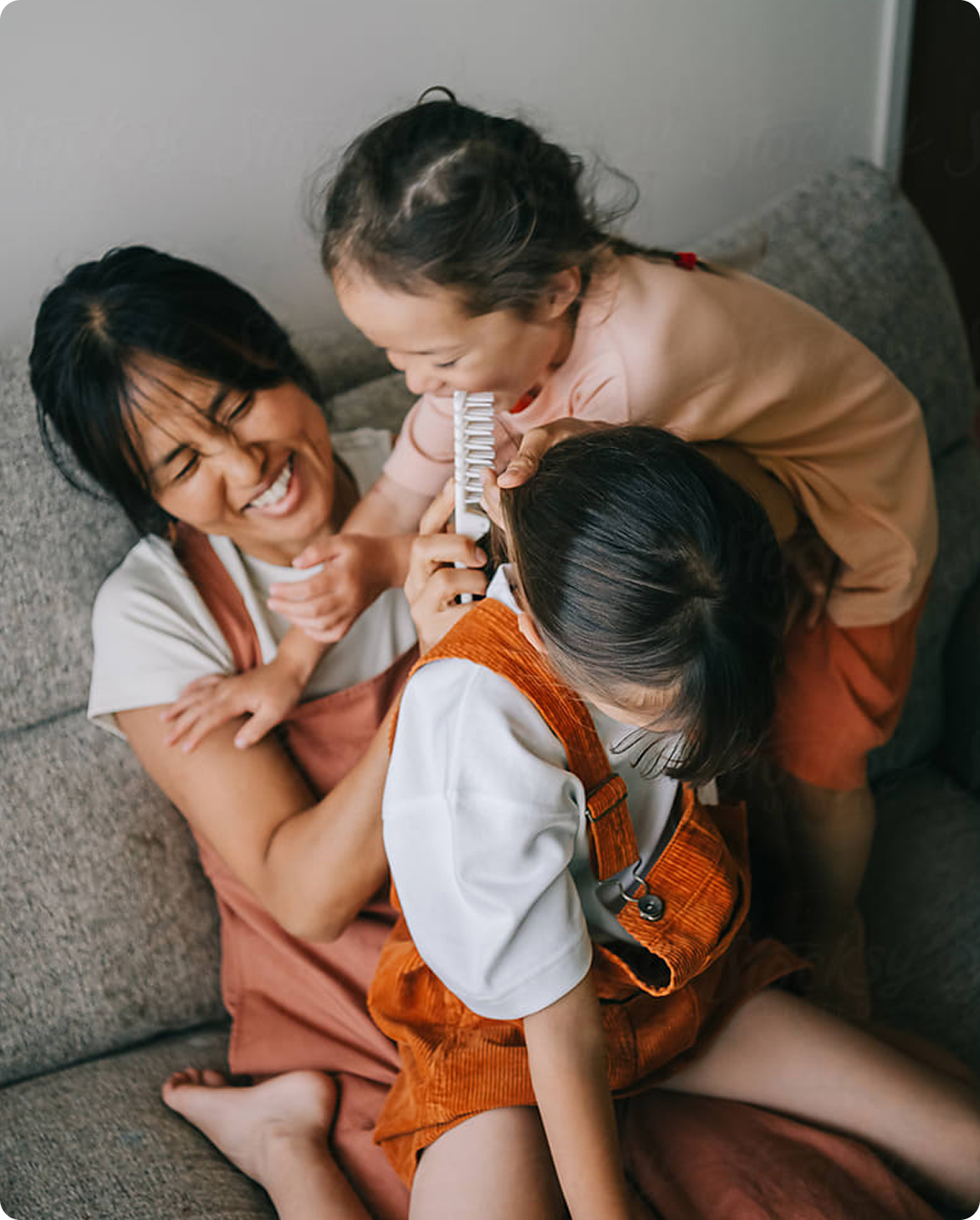If you want to save for your child’s education, then understanding RESPs and knowing how RESPs work and what they can be used for is the first step.
Many people are under the impression that RESPs can only be used for one thing: post-secondary tuition, but this couldn’t be further from the truth. In reality, RESP funds can be used for all kinds of education-related expenses. We dive deeper into this topic below.
Our specialists will ensure you get all the grants you're entitled to.
If you’re looking for an RESP provider, we can help! Reach out to Embark to learn more about the Embark Student Plan, designed to support your child to and through their post-secondary journey.
How does an RESP work?
First, we want to explain how an RESP works. After all, it would be pointless to explain what you can use an RESP for if you don’t even know how one works.
An RESP, is a type of registered savings account. Any growth in the account is tax-deferred until the student withdrawals. Even better, there is partial contribution matching offered by the Canadian government (yes, you read that right), and extra grants that families within a certain income threshold might be eligible for.
The purpose of an RESP is to help you save for your child’s higher education. Since the total cost of undergraduate degree programs in Canada currently stands at over $20,000 per year (and is likely to rise in years to come), it’s important to start saving early. You can find more information about how to apply for university here.
Given how expensive post-secondary school is in Canada, saving early should be a top priority. Saving is made easy with the Embark Student Plan, an RESP that allows students to withdraw money for a wide range of educational needs, from tuition fees and textbooks to transportation, accommodations and meals plans.
But what exactly can your RESP withdrawals go towards? We’ve broken it down below.
RESP withdrawals
As with any type of account, you don’t just add money to it forever, right? Eventually, you’re going to want to start withdrawing that money. With an RESP, your withdrawals will usually correspond with your child graduating from high school and continuing their studies at an RESP eligible school. Whether that’s a university, college, or trade school, you can use your RESP funds to pay for their education.
What specifically can your RESP money be used for? This is something we honestly love talking about because there are so many different ways that your savings can be used. For example, withdrawals from your RESP can help cover the following:
- Tuition fees
- Textbooks
- Transportation to and from the institution
- Computer equipment and technology
- School supplies
- Student athletic or activity fees
- Student loan repayment
- Educational programs abroad, e.g. exchange programs
- Accommodation o4r residence fees
- On-campus meal plans
- Other living expenses
There are a lot of different expenses that may come up as your child pursues post-secondary. Even if they qualify for OSAP, there will still be expenses that you can use your RESP funds for.
To appropriately budget and save for your child’s education, we recommend consulting this university cost forecast. This will give you a realistic idea of the overall cost of your child’s education by the time that they graduate high school. If you want an overview of how much you’ll have to save to meet those costs use our savings calculator.
Accessing your RESP funds
Ok, so now that you know what you can use your RESP funds for, you may be wondering, “How can I access these funds?” There are actually several ways to withdraw money from your RESP.
There are two main types of withdrawals:
- RESP contribution withdrawals, which are known as post-secondary education payments (PSE)
- Educational assistance payments (EAP), which are withdrawals of investment earnings and government grants
Where PSEs can be returned to the account holder or the beneficiary, EAPs are only paid to the account beneficiary, e.g. the child who is starting school.
PSEs have no limit but EAPs have a limit of $8,000 for full-time programs and $4,000 for part-time programs during the first 13 weeks of school. However, once these 13 weeks are up, you are can withdrawal up to $28,122 (as of 2024) without having to provide reasoning or proof of need to your RESP provider.
One final word on accessing your RESP – although the contributions you make are not taxed, the money earned while in the RESP, such as from bonds or interest, is taxable upon its withdrawal. The good news is that it is your child who will pay tax on this income, and their income level is likely to be much lower than yours.
What about unused RESP money?
Many people want to know what happens to an RESP if not used, and we don’t blame them. After all, chances are that you first opened your RESP when your child was, well, still a child. This means that you have no way of knowing what your child’s future holds. What if they choose a different path? What happens to your RESP money then?
First, unused money could be an entire fund’s worth or partial funds that are left over after a post-secondary program for any number of reasons. Either way, you have options.
Leave the RESP account as is
Your first option is to leave the RESP account as is. RESPs can stay open for 35 years. So, if you think there is a chance that your child might decide to enroll in a post-secondary program within the years that remain, you could leave the account open. Even if you don’t continue adding to it, leaving it open is usually still an option.
Change the name of the beneficiary
Your second option is to change the name of the beneficiary. It is worth noting that this may not always be possible, so you will need to check the rules of your RESP with your specific provider. That said, if you have an RESP family plan, then you likely already have multiple beneficiaries listed. This makes it easy. If one child decides not to pursue post-secondary education but the other one does, the funds in the RESP can be used to support the other child.
Transfer your RESP funds to a different registered account
As the RESP subscriber or account holder, another option that you may have if you have unused RESP funds is to transfer the funds to a different registered account. For example, if you have an RRSP or an RDSP, you might be able to transfer as much as $50,000 tax-free between your RESP and your RRSP. Be sure to check the terms and conditions of your registered plans with your providers before making any transfers.
Typically, to qualify for an RESP to RRSP transfer tax-free, the RESP must be at least 10 years old, and the beneficiaries must be at least 21 years of age. In addition, the beneficiaries must have decided not to continue their education. You also need to have enough RRSP contribution room for the transfer. Since this process can be a bit complex, it might be worth working with a financial planner before making the transaction.
If the RESP beneficiary has a mental impairment that prevents them from continuing their higher education, then you might also be able to transfer the RESP earnings to an RDSP, or registered disability savings plan.
Close your RESP account
Last but not least, you can opt to close the RESP altogether if you have unused funds. In order to close an RESP, you usually must meet the following conditions:
- The beneficiary is at least 21 years of age
- The beneficiary is not continuing their higher education
- The RESP account has been open for no less than ten years
When you close an RESP, the contributions are yours to keep, and are not taxed as contributions are made with after-tax dollars. However, you will have to pay tax on the earnings, and any grants that you received from the government will be returned since they aren’t fulfilling their intended purpose.

Embark is Canada’s education savings and planning company. The organization aims to help families and students along their post-secondary journeys, giving them innovative tools and advice to take hold of their bright futures and succeed.





